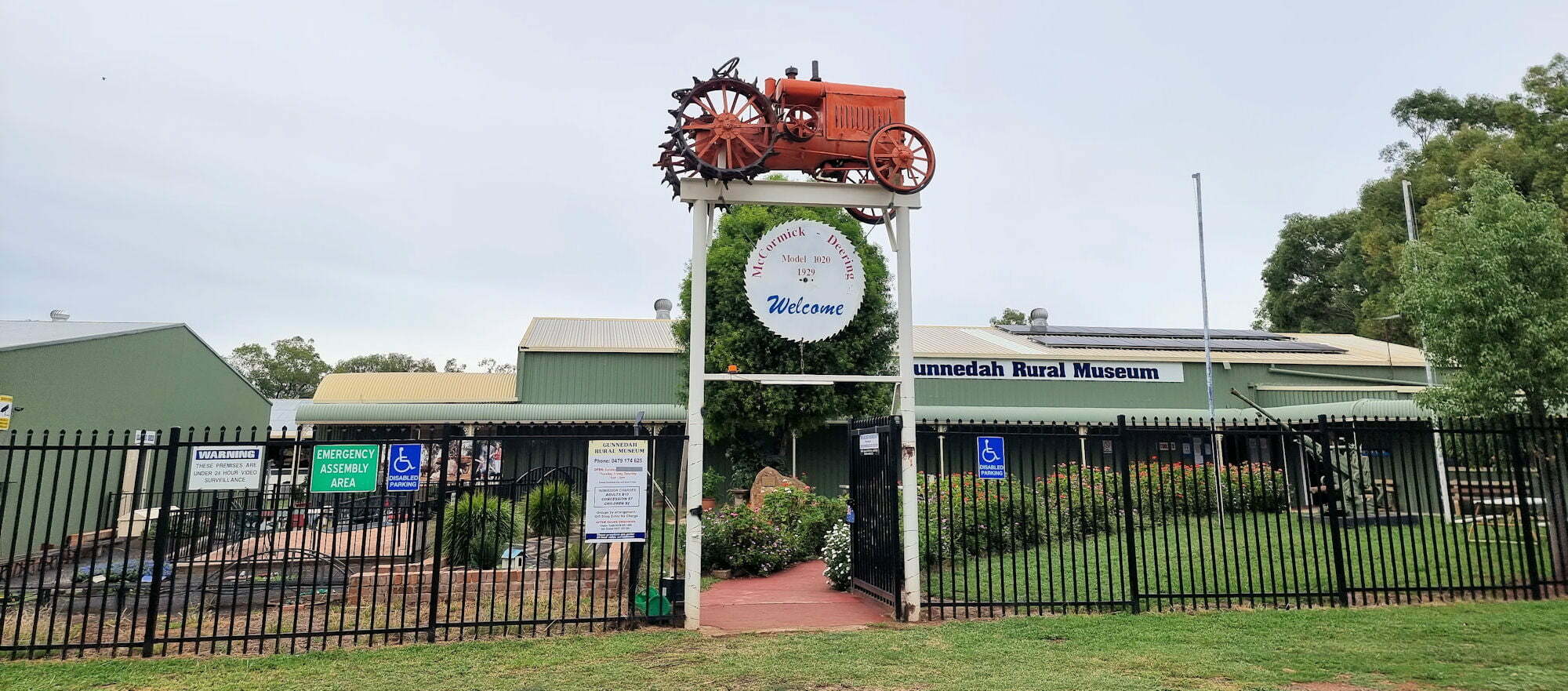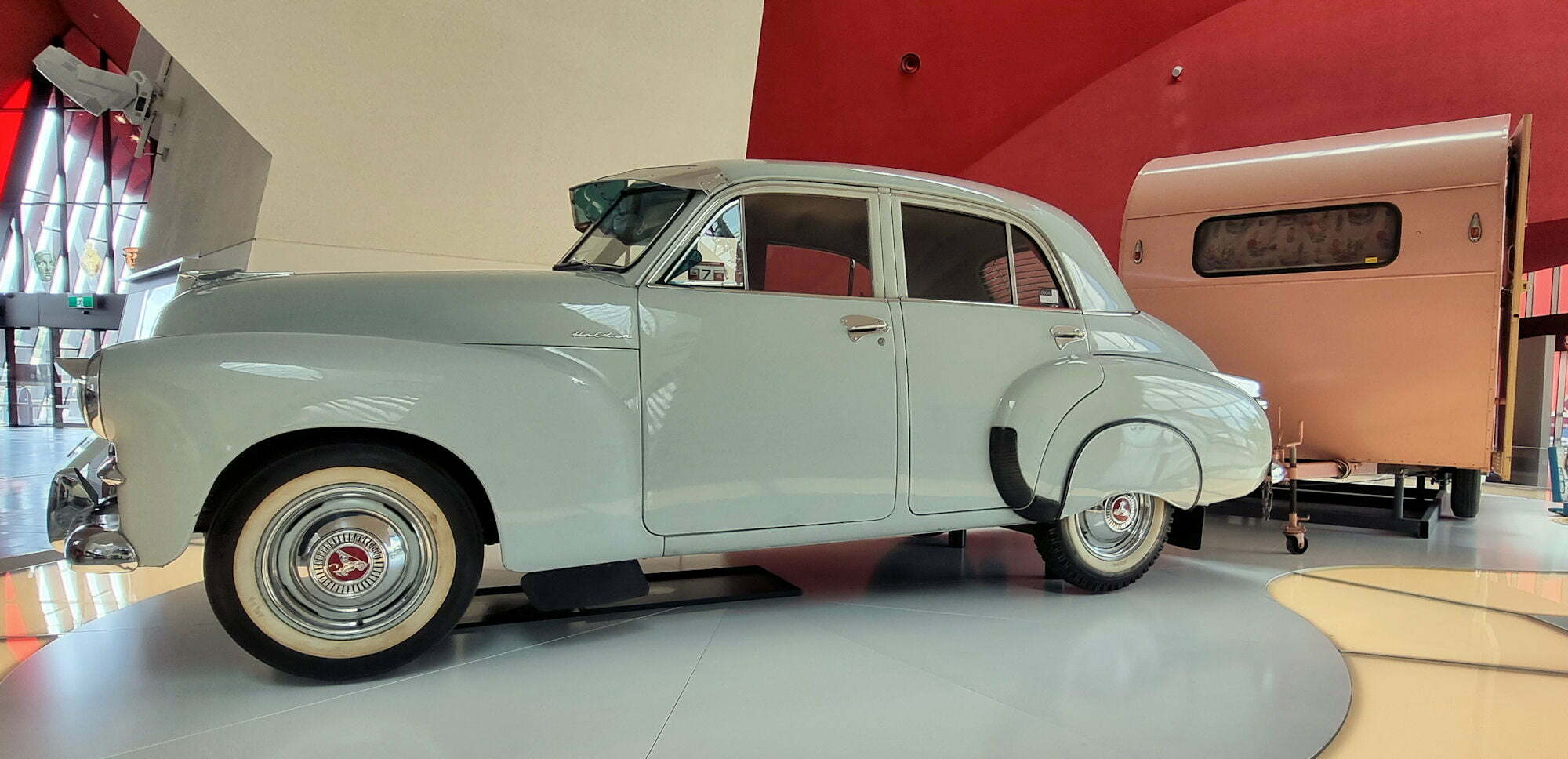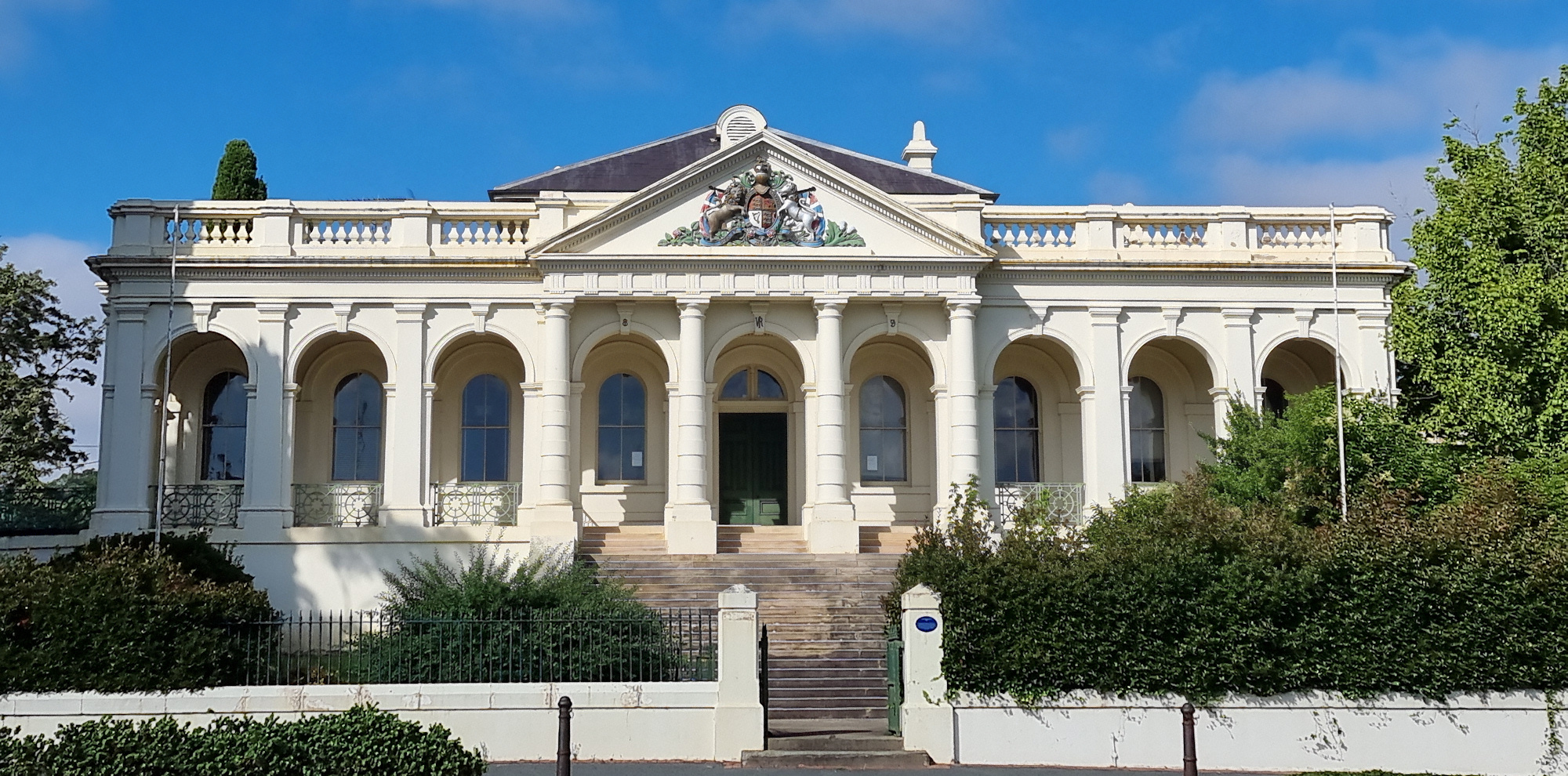Category: Vehicles
-
Gunnedah Rural Museum

Gunnedah Rural Museum Arriving at the museum we were greeted by a happy volunteer who gave us a map of the layout and told us to help ourselves to a tea or coffee. With our travels we have found rural museums occupy old houses, so are quite small. Not the Gunnedah Rural Museum, it takes… Read more
-
National Museum of Australia

National Museum of Australia Dedicated to preserving Australia’s social history, the National Museum of Australia contains many unique and significant artefacts. Located in Canberra on the shore of Lake Burley Griffin, its distinctive because of its architecture. Getting There We drove and used the large carpark on site, although as with most Canberra parking, there… Read more
-
Yass New South Wales

Yass New South Wales An hour’s drive north of Canberra, or west from Goulburn, Yass is an historic New South Wales Town. We were passing through on a drive from Canberra to Orange so stopped to have a quick look around. Being early morning, parking was easy, and we found a spot outside the Banjo… Read more